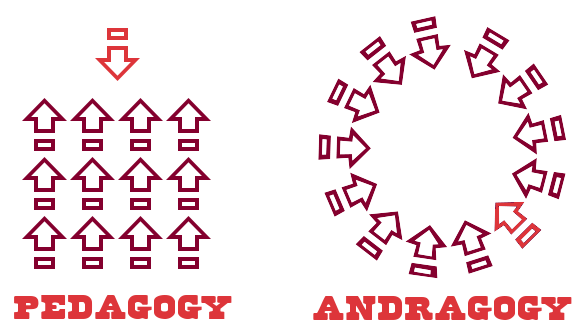Digital Assignment Design
 Anyone who has moved a course from face-to-face to an online environment knows that some things that worked fine in the classroom don't work as well online.
Anyone who has moved a course from face-to-face to an online environment knows that some things that worked fine in the classroom don't work as well online.You hear about the learning theory that is labeled "constructivist" a lot these days, particularly with online learning. One popular finding from that area of learning research is that assignments that work need to focus more on process, rather than the task. But that is more challenging to design.
Identifying tasks is not only easier at the outset, but is probably going to be easier to analyze and assess. Tasks can be quantifiable and gradable. Process-based learning is much harder to evaluate because there are more variables.
I found this to be especially true in the five-year Writing Initiative at PCCC that I finished directing last fall. Although we used existing tasks such as an exit essay exam that existed before the Initiative as a quantifiable assessment tool, it was clear that this was not the best way to demonstrate the changes in the writing of the students in the wider sense.
The difficulty for us was partially that to shift the focus to process, we needed changes in what faculty valued in their grading. We introduced rubrics for writing but also for information literacy and critical thinking. We also introduced the use of ePortfolios to the college. Because we included technology into the learning environment and students used it in their writing process, the assignments evaluation and grade should also include those elements. That represents a big change for many faculty.
Designing digital assignments is often seen as something for online learning, but students are learning digitally in any classroom on or offline. Students are using computers to work on projects, do research, collaborate with their peers, and interact with resources, but are then graded on the final product. The process is not included.
To evaluate the process of research and the organization and application of found information is obviously a large part of the learning process and is certainly important to a teacher's overall objectives in giving the assignment. But if the evaluation is based solely on the final product, students realize that the process is not valued in the same way.
Some instructors successfully used multiple smaller writing tasks rather than the dreaded semester-long research paper and then segmented their writing assignments. In this way, you might grade the topic design or proposal as the first element. This can be as a simple as a title and first paragraph to establishing goals, timelines, resources, technology and other elements if appropriate.
And the final learning objects don't always have to be "the paper." Again, this is new ground for many teachers and a final product that is a website, wiki, blog, video or combination rather than a paper is really radical. But digital assignments by their very name suggest images, links to Internet sites and a much wider scope for what an assignment means for the student and the teacher.
 I was reading an article called
I was reading an article called  , a book about the author. Drew, you seemed intrigued that Harper Lee never wrote another novel, and remembered her as a character in the movie
, a book about the author. Drew, you seemed intrigued that Harper Lee never wrote another novel, and remembered her as a character in the movie 
